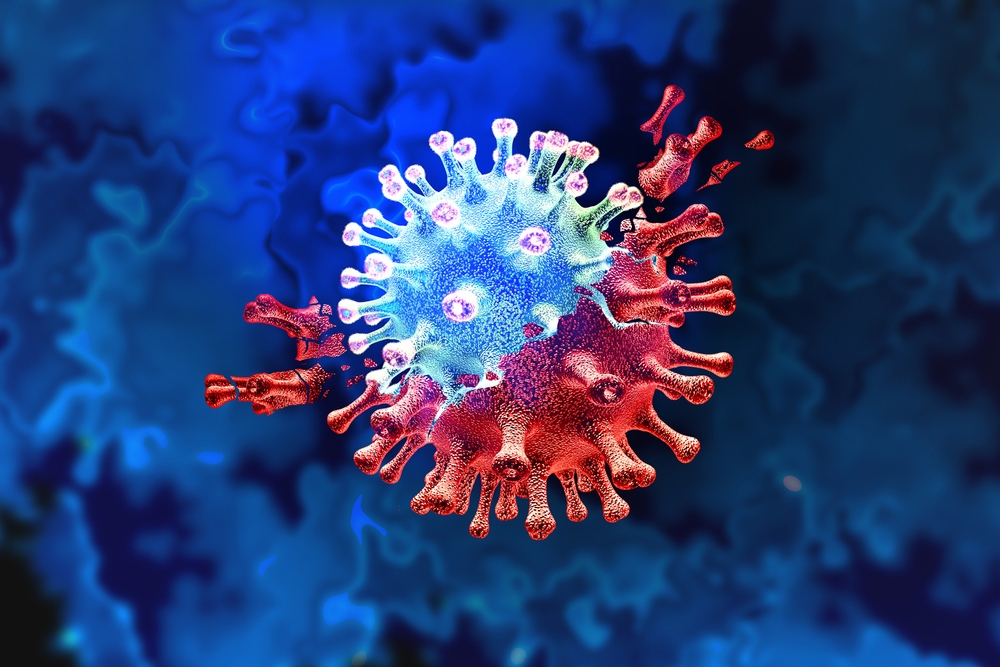As the world continues to struggle with the devastating effects of the COVID-19 pandemic, reports from countries around the world are pointing to virus variants as the causes for new surges in cases. With multiple variants being identified and under investigation, health authorities and scientists are racing to determine how much more people are at risk, their impact on human health, and whether the most widely authorized COVID-19 vaccines, including Pfizer-BioNTech, Moderna and Johnson & Johnson/Janssen, can be effective against them.
What Are Virus Variants?
Virus variants are nothing new. As the World Health Organization indicates, viruses constantly change, including SARS-CoV-2, the virus that causes the COVID-19 disease. As a virus spreads among a population and causes infections, it is more likely that it will mutate.
“In the world of RNA viruses, change is the norm. We expect RNA viruses to change frequently. That’s just their nature,” said Dr. Mark Schleiss, a pediatric infectious disease specialist and investigator with the Institute for Molecular Virology at the University of Minnesota.
Mutations can cause a virus’ genetic code to vary, which in turn leads to changes in its inherent properties. When the changes are significant enough, the development of a variant occurs. Variants can spread more or less quickly than the original virus or cause more or less severe diseases. According to the Centers for Disease Control and Prevention (CDC), variants can potentially evade detection by specific diagnostic tests as well as withstand human response and antibody therapies.
RNA viruses, such as SARS-CoV-2, have average mutation rates 100 times higher than DNA viruses (herpes viruses, adenoviruses and poxviruses, etc.), because the former have repeatedly developed a resistance to vaccines and other drugs. When a variant evolves to the point where it demonstrates clear-cut differences in behavior and RNA than its original strain, it can actually become a new strain itself.
COVID-19 Virus Variants
Viruses tend to be unpredictable as they mutate. This is the reason why several variants of SARS-CoV-2 are causing consternation among health officials and scientists alike.
The CDC, along with a US government interagency group in the United States, has designed a Variant Classification scheme to categorize SARS-CoV-2. While the categorization may vary from country to country, it nevertheless provides crucial insight as to the level of severity: Variants of Interest, Variants of Concern, Variants of High Consequence.
The most rampant SARS-CoV-2 variants around the world are designated by the Variant Classification scheme as Variants of Concern. The CDC defines these as having: “evidence of an increase in transmissibility, more severe disease (increased hospitalizations or deaths), significant reduction in neutralization by antibodies generated during previous infection or vaccination, reduced effectiveness of treatments or vaccines, or diagnostic detection failures.” Studies are still being conducted as to the increased risk of complications and death.
B.1.1.7
This SARS-CoV-2 variant, first identified in the United Kingdom in September 2020, has spread to over 50 countries. There are a high number of mutations of this variant. Based on research, it is 50% more contagious than other variants. In a recent study in the British Medical Journal, researchers have found that people infected with the B.1.1.7 variant had a 50% greater risk of mortality than other variants. However, additional research is required to confirm these findings.
B.1.351
Initially detected in South Africa in October 2020, B.1.351 (also known as 501Y.V2) emerged independently of B.1.1.7. According to scientists, it can “partly evade immunity from past infections or existing vaccines.” While it has spread to multiple other countries, such as the United Kingdom and United States, it remains primarily concentrated in South Africa.
P.1
P.1 is a variant that emerged in Brazil in early November 2020; it was actually first identified in travelers returning home from Japan. A preprint lab study by the Brazil-U.K. Center for Arbovirus Discovery, Diagnosis, Genomics and Epidemiology (CADDE) found that P.1 is 1.4 to 2.2 times more contagious than other strains. There is also already a P.2 variant, and the virus seems to be continuing to alter itself in Brazil.
Regional Variants
To compound the tremendous challenge global healthcare systems are facing, several regional SARS-CoV-2 variants are now being identified, including B.1427 and B.1.526 (California), B.1.5226 (New York) Cluster 5 (Denmark), D614G (Australia and Europe). Others are expected to arise in the coming months.
Why Are COVID-19 Virus Variants So Dangerous?
SARS-CoV-2 variants that are currently escalating in many countries are characterized by a common factor: their mutations seem to alter the biochemistry of the SARS-CoV-2’s glycoprotein (also known as the spike protein of coronaviruses) to take over cells, build new virus particles and spread to other cells.
In the case of SARS-CoV-2 variants, their mutations appear to have caused a change in the spike proteins’ biochemistry, which accelerates the rate of transmission. Researchers are also worried that the spike proteins from variants can mutate considerably fast to circumvent certain antiviral vaccines and drugs that target glycoproteins.
The People’s Vaccine Alliance conducted a survey of 77 epidemiologists from 28 countries and two-thirds indicated that countries had less than a year before SARS-CoV-2 mutates to a degree in which first-generation vaccines are considered ineffective. Moreover, as some researchers purport, variants, such as B.1.351 and P.1, could actually bypass the immune defenses’ mechanisms of patients previously infected with the original strain.
In sum, this means that with increased transmissibility and unknown effects on human health, variants could wreck more havoc than the original SARS-CoV-2 strain.
The good news is that more conclusive research is on the horizon. For example, the National Institutes of Health in the United States found that the CD8+ T cell, which is part of the humans’ response to viruses, remained active against the variants. Time will tell how ahead-of-the-curve research can outpace variants and safeguard people across the globe.

